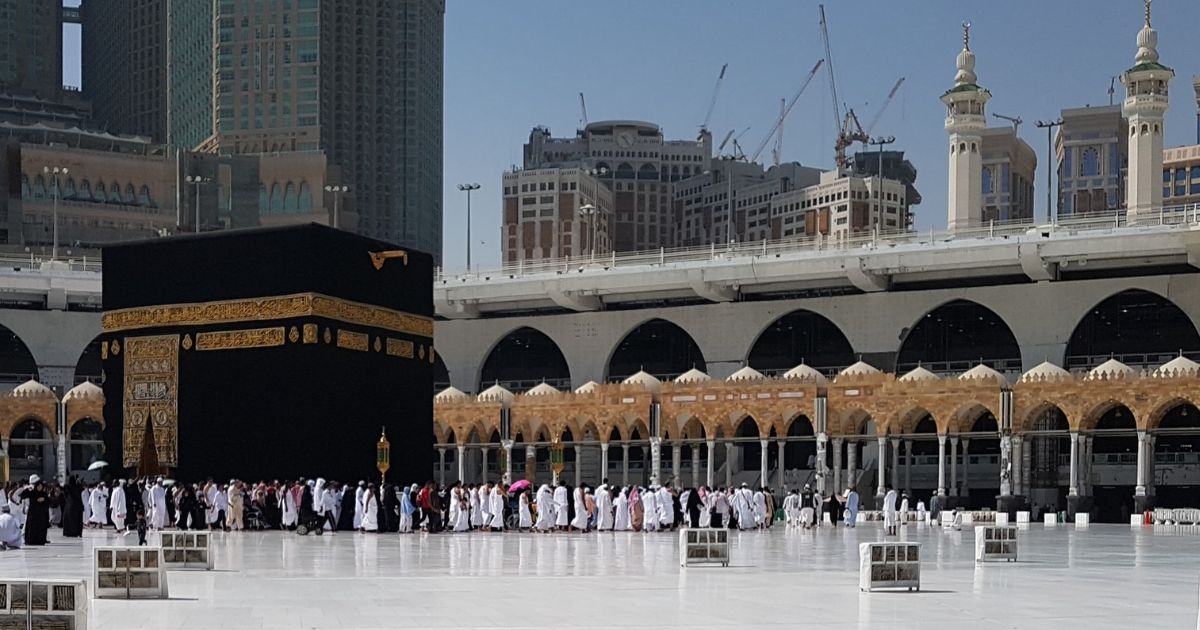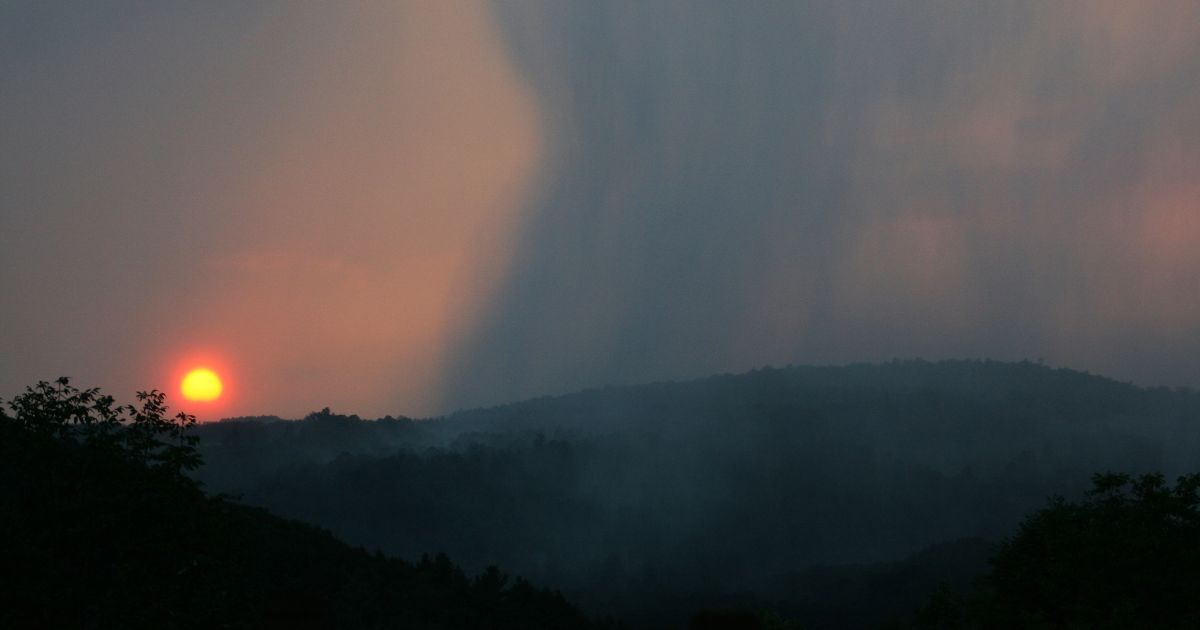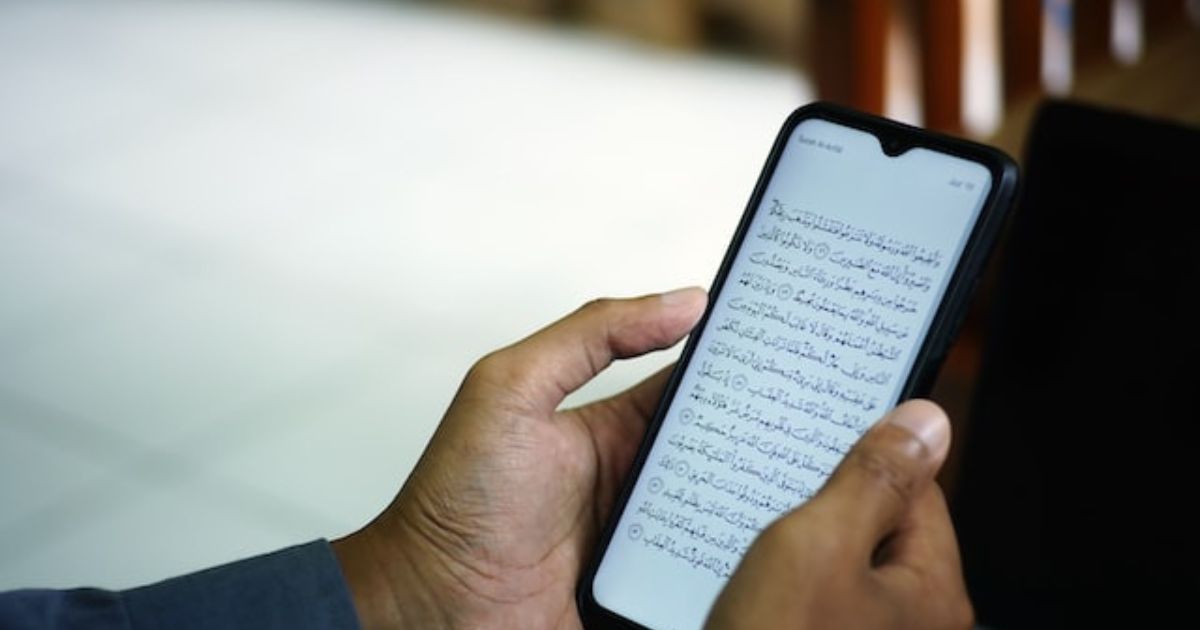Muslim Prayer Times: Calculating Prayer Times in Islam

The concept of praying in the Islamic faith has been fixed to five mandatory daily prayers along with other additional prayers. Throughout history, Muslim prayer times have been fixed using the concept of fixed degrees to indicate the angle of the Sun. But now, It is easy for Muslims worldwide to have access to prayer times via websites and mobile apps.
These websites and apps can help a lot for Muslims to decide their daily prayer times. In Islam, salah is the second pillar of Islam and Muslims have no justifiable excuse for neglecting them. So, why is it important for Muslims to calculate prayer time precisely? Given that Muslim prayer timings are determined by the position of the sun, it is crucial for the Muslim community to do an accurate astronomical calculation before every prayer.
Why Calculating Precise Muslim Prayer Times Are Important?
As daily prayer is one of the pillars of Islam's beliefs, it is essential that the prayers are completed correctly and at the precise time. For instance, if a Muslim prayed before the beginning of Fajr, their prayer could be considered invalid. Similarly, if a Muslim continued to eat sahoor after the start of Fajr, their fast is considered invalid.
In the Muslim community, prayer times are precisely calculated to prevent invalid prayers. Determining the fixed degree calculation for precise prayer time requires the participation of professional and credible Islamic experts. However, nowadays technology has advanced to the point where Muslims can now determine the precise prayer hour through websites and mobile apps.
Forbidden Muslim Prayer Times
In Islam, there are certain times when it is forbidden to pray. The times when prayers are prohibited are at the time of sunrise, sunset, and Zawal. The Prophet Muhammad SAW forbade Muslims to pray during these times through the following hadith:
"There is no prayer after the morning prayer till the sun rises, and there is no prayer after the `Asr prayer till the sun sets." (Sahih al-Bukhari 586)
Through this hadiths, it's vital to notice that there are three periods during which Prophet Muhammad prohibited the Muslims to pray:
- Pray when the sun starts to rise until it has fully risen after Fajr.
- When the sun is straight overhead in the middle of the day until it has passed its highest peak (zenith).
- When the sun turns pale and begins to set until it is completely set.
The reason behind these forbidden Muslim prayer times is that the sun rises and sets between the two horns of the devil (Sahih Muslim 612d). As a result, he becomes the Qiblah for those who procreate during the times. Therefore, it's forbidden for Muslims to pray during these periods.
Solar Altitude in Defining Fajr and Isha Prayers

Observations of twilight (Shafique) at many locations on earth have revealed that implementing a fixed degree calculation for the start of Fajr and Isha prayers is an inaccurate approach. Observations done throughout the world over the past several decades have determined that a fixed degree in one region is not always constant throughout the year.
There are numerous factors that affect the timing of dawn and dusk around the world.These factors can be because of the season, sun latitude, altitude, obstructions, light pollution, clouds, and also the observer's experience. Setting a fixed time for the beginning of Fajr and Isha's prayers could affect the factual times when Muslims have to pray.
Different Muslim Prayer Times Methods
When calculating Fajr and Isha prayer times, Muslim organizations around the world use various degrees of the angle of the sun to approximate those times. Nowadays, many Muslims can access these programs easily through their mobile phones. Several different methods by different organizations are used these days, including;
-
Muslim World League
Angle of the sun under the horizon (Fajr): 18 degrees
Angle of the sun under the horizon (Isha): 17 degrees
Region: Europe, The Fast East, Parts of North America -
Egyptian General Auto
Angle of the sun under the horizon (Fajr): 19.5 degrees
Angle of the sun under the horizon (Isha): 17.5 degrees
Region: Africa, Syria, Iraq, Lebanon, Malaysia, Parts of North America -
University of Islamic Sciences, Karachi
Angle of the sun under the horizon (Fajr): 18 degrees
Angle of the sun under the horizon (Isha): 18 degrees
Region: Pakistan, Bangladesh, India, Afghanistan, Parts of Europe -
Umm Al-Qura
Angle of the sun under the horizon (Fajr): 18.5 degrees (19 degrees before 1430 hijri)
Angle of the sun under the horizon (Isha): 90 minutes after the Sunset Pray (120 minutes during Ramadhan)
Region: The Arabian Peninsula -
Islamic Society of North America
Angle of the sun under the horizon (Fajr): 15 degrees
Angle of the sun under the horizon (Isha): 15 degrees
Region: Parts of North Americal, Parts ot he UK -
Union des Organisations Islamiques de France
Angle of the sun under the horizon (Fajr): 12 degrees
Angle of the sun under the horizon (Isha): 12 degrees
Region: France -
Majilis Ulama Islam Singaura
Angle of the sun under the horizon (Fajr): 20 degrees
Angle of the sun under the horizon (Isha): 18 degrees
Region: Singapore
However, it's important to note that the Islamic definition of Fajr prayer time is when a line of light first appears and begins to spread across the horizon. And meanwhile, the Isha prayer period occurs after the reddish glow has disappeared from the sky and the sun has set (or, according to Imam Abu Hanifah, when the glow is white).
Factors That Affect The Observation of Muslim Prayer Times

At this point, we know that using a fixed degree calculation to decide Muslim prayer times for Fajr and Isha is an incorrect approach. There are many factors that can affect the timing of dawn and evening twilight, such as:
- Altitude: Different altitudes across the globe influence the observation of twilight in some way. Even in the same city, altitude might vary depending on the where the observer stands on the ground.
- Atmospheric humidity and pollution: The appearance of morning twilight can be affected by atmospheric humidity and pollution. The greater the relative humidity, the redder the twilight sky will be. Consequently, despite the same sun position, sky color might vary significantly.
- Observer experience: generally, inexperienced observers perceive the light on the horizon later since their eyes are not used to it and it is frequently unclear to them what to expect or what to look for.
Easy Muslims Prayer Times Calculating Methods Today

Because most Muslims can easily access prayer times via websites and mobile phone apps, there are now only a few Muslims who observe the sky or sun to determine prayer timing. Nowadays, there are many Muslim organizations out there that have their own calculating method for covering specific regions.
Because most Muslims can easily access prayer times via websites and mobile phone apps, there are now only a few Muslims who observe the sky or sun to determine prayer timing. Nowadays, there are many Muslim organizations out there that have their own calculating method for covering specific regions.
Through these methods, nowadays, Muslims can easily select their specific method that aligns with the location they reside. For example, someone that lives in France may choose the Union of Islamic Orgs of France (UOIF), and another person who lives in Singapore may choose Majilis Agama Islam Singapura. However, there are some people who falsely assume that different calculation methods represent the country of the Islamic scholars they follow. This assumption is completely false.
The impact of falsely following the calculation method has a pretty big difference on the prayer timings. Imagine if someone living in France followed the Fajr Muslim prayer time in Pakistan just because they thought Pakistan scholars were much more diligent and reliable. At 12 degrees for Fajr in France, the time for Fajr enters at 06:17 AM. If someone uses the 18 degrees then the result would be 05:14 AM. The difference between the two times is almost an hour, which mean anyone in France who is doing prayer based on the prayer time in Pakistan would be considered invalid.